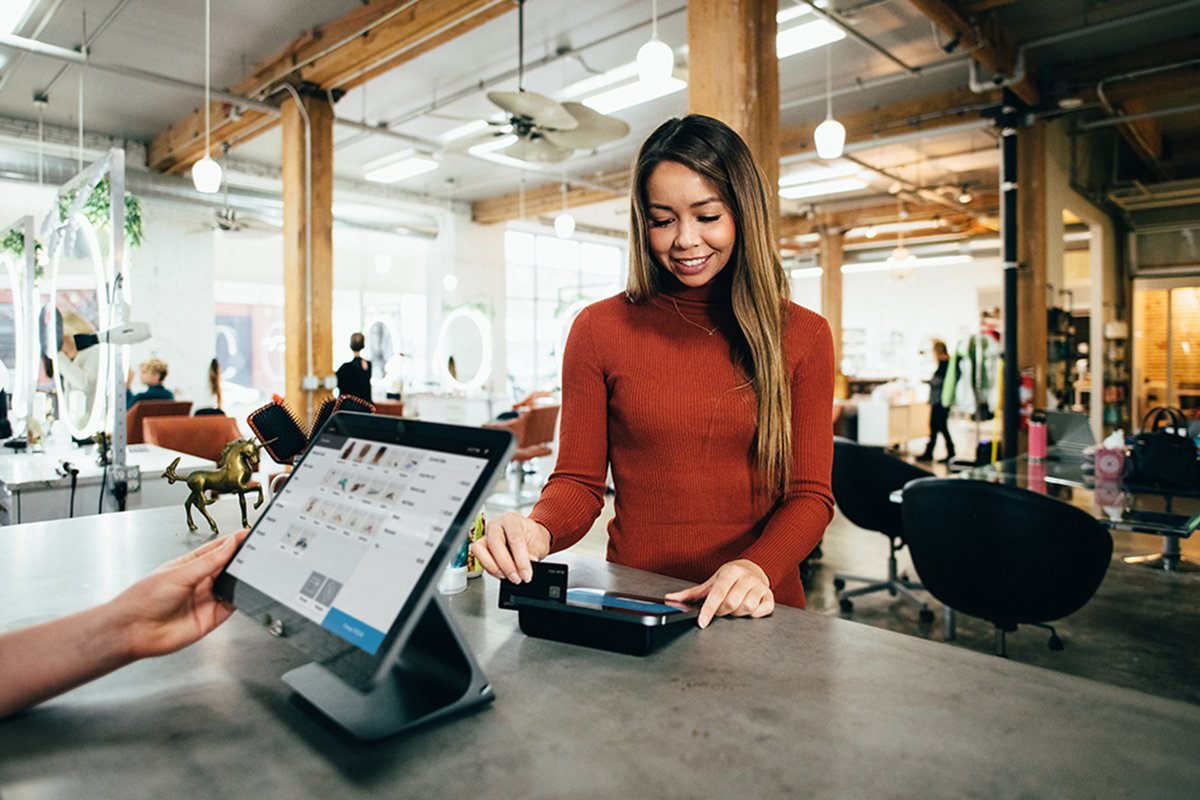One of the first rules of marketing and sales is knowing your customers. You must know what your customers want, think, and need to connect with them and deliver products, services, and marketing messages that resonate with them.
To gain that insight, it helps if you can track and monitor customer habits and behaviors.
This tracking has become easy in online marketing where you can use audience pixels and analytics to see who your customers are and what they are doing online. But, monitoring and learning from customer habits and behaviors isn’t only reserved for the online aspects of a business.
You can use in-store marketing to monitor and track customer habits and behaviors from inside of your physical store.
How to Track Customer Habits and Behaviors In Your Store
The following tools and tactics make it possible for you to track customer habits and behaviors in your store.
Create Customer Profiles
First thing first, in order to track and monitor your customers, you need to have a system that identifies and collects data on each shopper. Set up a customer relationship management tool, or CRM, that allows you to create profiles for each of your customers.
As you set up customer profiles, connect each to a phone number or email address so it’s easy for your customers and your team to track each account. This is also beneficial because when you have customer contact information, you can send targeted marketing messages to them based on what you learn from their habits and behaviors.
Get Customers to Sign Up
To get customers into your CRM system, you need to give them ways and incentives to sign up. Providing their contact information must be easy, and the reason for joining must be obvious.
Set up in-store kiosks that allow customers to create profiles for themselves. Add touchscreen kiosks to your showroom so customers can easily create their own accounts.
Create profiles for customers who use your free in-store WiFi. When in-store shoppers log on to your free customer WiFi, require them to create an account.
Show the benefits of signing up. Create a customer loyalty program that gives rewards and deals to those who sign up. Or, create a contest or freebie that customers get in exchange for joining.
Utilize WiFi Marketing
Offering free WiFi in your store does more than allow your customers to get online while shop. It also allows you to track data on customer habits and behaviors while they are in your store. An in-store WiFi system tracks data about who is in your store and what they are doing while they are there.
6 Customers Habits and Behavior to Track
Once you have the above systems set up, you can start tracking and monitoring customer habits and behaviors. Here are the best customer activities to monitor if you want to learn about your customers and create more effective marketing campaigns.
1. Customer Frequency of Visits to Your Store
Monitor how often each customer visits your physical store as well as any of your other locations. Identify customers who visit more often as they are engaged with your brand and more likely to buy from your brand.
2. Customer Past Purchases
For each customer, track what items they purchase in your store and keep the data in their customer profile. When you know what products and services a customer is interested in, you can send them marketing messages and promotions about similar or complementary offerings.
3. Individual Customer Time In Store
Track how long each customer spends browsing in your store. Use this information to help you identify other engaged brand fans who might be more receptive to marketing messages and offers.
4. Overall Customer Time in Store
Look at the average time that customers spend in your store. See if the time matches the experience you’d like to create in your store. If you want customers to stay and browse longer or quickly make a purchase and move on, consider what you can do with your in-store overhead music to create a different shopping environment.
5. Time of the Day Visiting Your Store
Monitor customer visits to find the time of the day when your store has the most shoppers. Knowing the busiest times of the day for your store can help you staff your store accordingly. You can have more staff on site for busier times and less employees during slow periods.
6. Where Customers Spend Time In Your Store
Monitor overall foot traffic in your store to identify the places where customers spend the most time. This information helps you identify the product displays or departments that are the most interesting or engaging for customers. It also shows you blind spots where customers don’t spend any time at all.
(Bonus) Shopper Demographics
While this is not necessarily a customer habit or behavior, it can still tell you a lot about in-store shoppers. Create general profiles on what type of customer visits your store by pulling demographic details through WiFi marketing tools. Knowing who visits your store allows you to adjust your in-store content, messaging, product offerings, and even your in-store music so that it better appeals to your primary demographic of customers.
Use In-Store Marketing to Learn About and Engage with Your Customers
Knowing your customers and then giving them what they want is how you provide exceptional customer experiences and create lasting brand affinity and loyalty.
Learn other ways that you can leverage in-store marketing to get to know customers and then deliver targeted marketing messages and experiences based on what you learn. Download our free in-store marketing ebook or contact Spectrio to get a free demo of our WiFi marketing tools or other powerful in-store marketing solutions.
